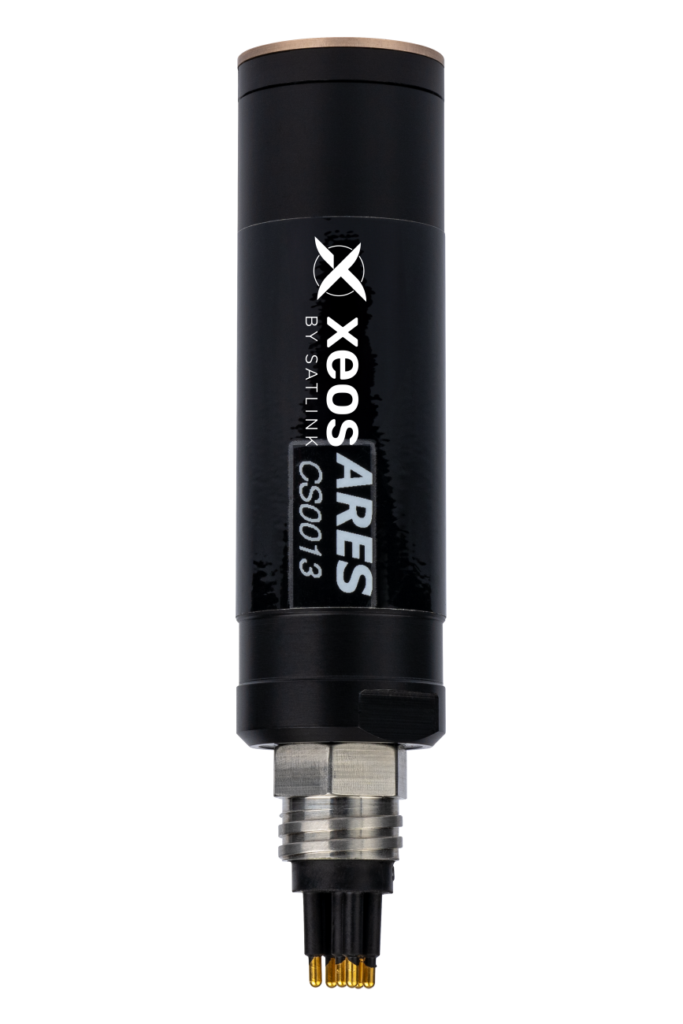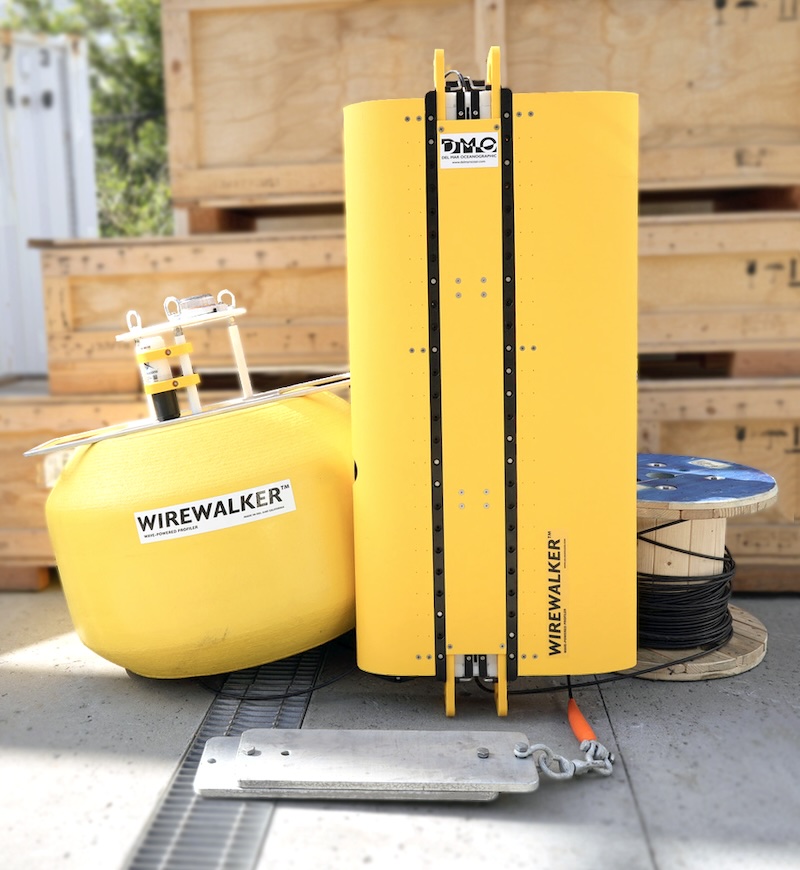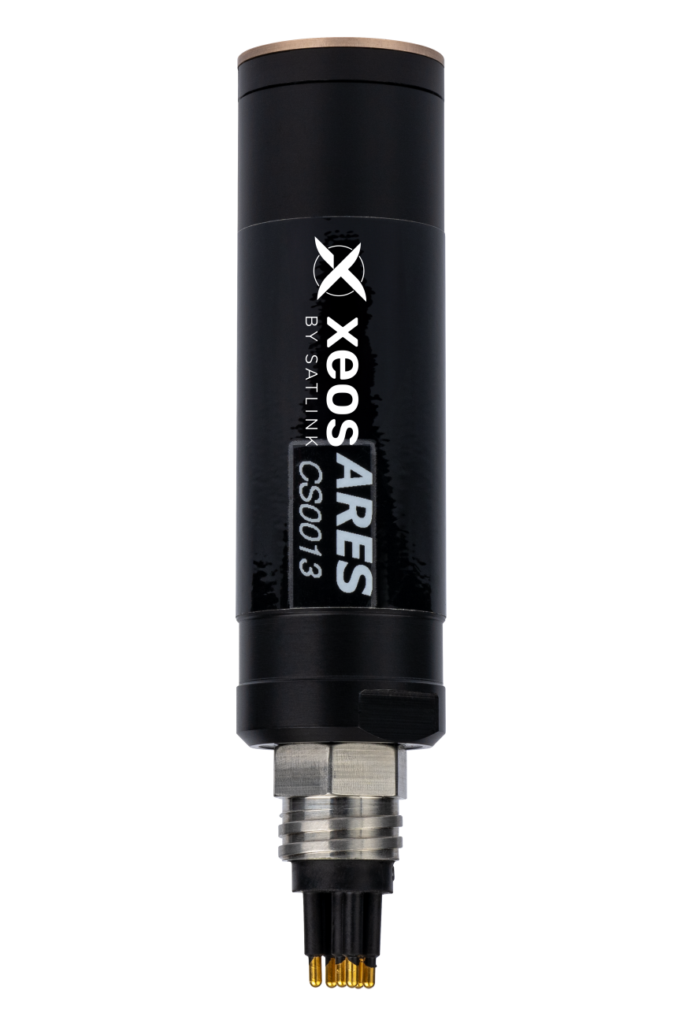Suppliers
Add your company
Telemetry Tracking Beacons & Equipment for Marine & Offshore Applications

Wave-Powered Rapid Vertical Profiling System for Accurate Water Column Observation
If you design, build or supply Water Quality Profilers, create a profile to showcase your capabilities on this page
Products
Water Quality Profilers for Marine Research and Environmental Applications
Water quality profilers are vertically deployed instruments designed to collect high-resolution water column data. Depending on configuration, these systems can move continuously (profiling) or be fixed in position (moored) while collecting sensor data at set intervals. Profilers are used in situ to assess variations in environmental parameters such as temperature, salinity, oxygen concentration, turbidity, nutrients, and more. Their use helps researchers and operators understand dynamic aquatic environments and supports decision-making in industries such as aquaculture, renewable energy, and water treatment.
Applications of Water Quality Profilers
Water quality profilers are used in an extensive range of scientific, environmental, and industrial applications, benefiting from the device’s ability to measure vertical variations in key aquatic parameters with high resolution and precision.
Oceanography
In oceanography, water quality profilers are essential for studying thermal layers, salinity structures, and oxygen distribution throughout the water column. These measurements support the understanding of ocean currents, stratification, climate patterns, and ecosystem health, forming the foundation for much of modern marine science. Marine scientists and oceanographers deploy profilers to investigate biological productivity, carbon cycling, and the physical dynamics of coastal and open-ocean systems.
Aquacultre
Aquaculture operations, including large-scale fish farms, rely heavily on water quality profilers to monitor dissolved oxygen, pH, nutrient concentrations, and temperature fluctuations. These parameters are critical to maintaining healthy growing conditions for fish and shellfish, minimizing disease risk, and optimizing feed efficiency. Farm managers can take preventive action to avoid mass mortality events by identifying poor water quality early.
Environmental monitoring
In environmental monitoring, profilers are deployed in estuaries, bays, inland lakes, and nearshore marine environments to detect pollution events, track runoff impacts, and observe seasonal or anthropogenic changes. Regulatory agencies and research institutions use this data to maintain environmental compliance, evaluate restoration efforts, and support sustainable resource management.
Offshore wind power
Offshore wind farms use water quality profilers during site assessment and post-installation monitoring to evaluate how subsurface conditions such as turbidity, stratification, and nutrient flux affect both turbine infrastructure and surrounding ecosystems. Similarly, offshore drilling operations utilize profilers to assess baseline conditions and detect changes due to hydrocarbon extraction, ensuring environmental safeguards are in place.
Hydroelectric power
In the hydroelectric power sector, including hydro power plants, water quality profilers monitor the impact of dam operation on water temperature and oxygen levels, which can drastically affect downstream aquatic habitats. Profilers help operators meet regulatory discharge requirements and minimize ecological disruption.
Wastewater treatment
Wastewater treatment plants benefit from water quality profiling downstream of discharge points, especially in coastal or estuarine outflows. Profilers track changes in nutrient levels, turbidity, and biological oxygen demand, which are key indicators of effluent impact. This data supports the ongoing refinement of treatment processes and ensures that facilities meet environmental standards.
Scientific research
In the context of scientific research, water quality profilers are core tools for gathering environmental data during expeditions, long-term ecological monitoring, and experimental deployments. Their ability to capture vertical variability at fine spatial and temporal scales makes them indispensable in marine and freshwater studies.
Water utilities
For water utilities, especially those managing large surface water reservoirs, source water profiling is essential to anticipate and address changes in water quality before it reaches treatment plants. Stratification, algal blooms, or upstream contamination can be detected early, allowing for faster intervention and safeguarding public health.
Beyond these primary sectors, water quality profilers are increasingly used in climate impact assessments, where long-term deployments capture shifts in ocean heat content, acidification trends, and freshwater intrusion. They also support ecotoxicology studies by enabling fine-scale monitoring of contaminant dispersion and biological stress indicators in sensitive habitats. In port and harbor management, profilers help monitor dredging activities and sediment plumes, ensuring minimal disruption to navigation channels and aquatic ecosystems. Additionally, researchers involved in freshwater hydrology use profilers to investigate lake turnover, groundwater-surface water interactions, and nutrient stratification in reservoirs and large rivers. These extended applications underscore the versatility of water quality profilers across nearly every discipline concerned with aquatic system dynamics.
Types of Water Quality Profiler
Water quality profilers can be categorized into three main types:
- Fixed vertical profilers: Moored systems that profile the water column at regular intervals using winches or buoyancy-driven motion. Often used in long-term monitoring stations.
- Mobile profilers: Include autonomous or tethered systems that can be deployed from ships or vehicles to collect spatial data across different locations.
- Automated water quality profilers: Feature programmable motion and data acquisition, allowing for remote and unattended operation over extended periods.
Sensors and Parameters Monitored
The true value of water quality profilers lies in the range and flexibility of sensor packages they can accommodate. Sensors are selected based on the specific application and desired data. Common sensors include:
- CTD sensors: CTD sensors measure conductivity (salinity), temperature, and depth – the foundational data for oceanography.
- Dissolved oxygen sensors: Crucial for biological and chemical assessments.
- pH sensors and ORP sensors: Provide insight into acid-base balance and redox conditions.
- Turbidity sensors: Detect particulate matter suspended in the water column.
- Nutrient sensors: Nutrient sensors, such as nitrate, phosphate, and ammonium sensor, for studying nutrient cycling and pollution.
- Fluorometers and chlorophyll sensors: Used to estimate algal biomass and detect harmful algal blooms.
- Light sensors (including PAR and irradiance): Measure light penetration, important for photosynthesis and energy balance.
- Temperature sensors: Thermistors and temperature sensors monitor thermal stratification and surface heating.
- Salinity sensors and conductivity sensors: Provide key oceanographic and limnological data.
- Acoustic Doppler Current Profilers (ADCPs): Measure current velocities throughout the water column, supporting circulation and sediment transport studies.
- Optical backscatter sensors: Useful for estimating suspended solids and particle flux.
- CDOM sensors: Detect colored dissolved organic matter linked to organic pollution or natural decay.
These instruments can be assembled as multi-parameter profilers, often integrated into modular platforms for versatility across deployments.
Technological Integration and Performance
Modern water quality profilers often include telemetry, real-time data streaming, onboard data storage, and integration with autonomous surface or subsurface vehicles. Many systems support adaptive sampling strategies, where sensor response can trigger additional measurements. This adaptability makes them suitable for dynamic environments where conditions may change rapidly.
Additionally, rugged construction and corrosion-resistant materials ensure reliability in harsh marine conditions, including polar regions and deep-sea deployments.
Sensor Calibration and Data Accuracy
High-precision profiling depends on sensor calibration and maintenance. Many systems support field-swappable sensor modules, allowing for fast recalibration. Calibration data is essential for maintaining long-term datasets, especially in scientific and regulatory programs.
Robust Data Collection
Thanks to water quality profilers, we can start to better understand aquatic environments. From supporting sustainable aquaculture and offshore energy to advancing marine science and safeguarding drinking water, these instruments offer robust data collection through versatile sensor integration. With expanding applications in both industry and research, and increasingly autonomous capabilities, water quality profilers are set to remain critical in addressing environmental and operational challenges beneath the surface.












